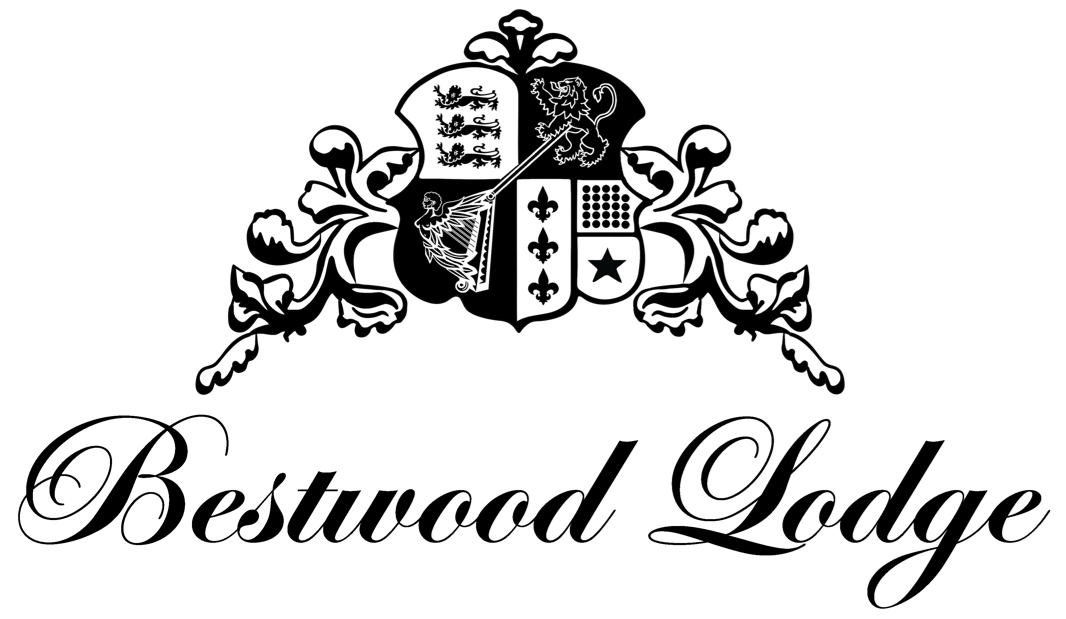Whilst Bestwood Country Park is known for its woodlands, fields and lakes, and for its Victorian industrial heritage in coal-mining and ironworks, the history of Bestwood Lodge goes back much further.
Bestwood was for centuries the Royal Hunting Park of Sherwood Forest. In the early 1100s Henry I ordered a Hunting Lodge to be built in the area, some say for a mistress, however official records begin in 1286 when Edward I commanded the sheriff to pay Roger de Tybtot, “keeper of the forest of Bescewod, ten marks to complete a lodge in the forest that he lately began by the king’s order.”
King Edward III often hunted in Bestwood Park as a teenager whilst his mother, Queen Isabella, ruled England with her lover Roger Mortimer, who had cruelly murdered Edward’s father. On the evening of 18th October 1330 Edward and his companions hatched a plot over candlelight after dinner at Bestwood Lodge, which resulted in a small party of men led by William De Eland sneaking into Nottingham Castle through a secret passage at night to capture Mortimer, who was dragged into the tunnel. He was later hanged for treason at Tyburn in London.
In August 1485 another king, Richard III, was hunting in Bestwood Park when he received news that Henry Tudor had landed in Wales with an invasion force. Richard rode out of Bestwood to meet his foe at Bosworth in Leicestershire, where he lost both crown and life.
In 1593 Queen Elizabeth I, who loved to hunt, sent an order to repair Bestwood Lodge in readiness for her visit. eighty-six oak trees were recorded as felled in order to carry out the work, a huge number which may have meant additional repairs to the Park fencing were carried out at the same time.
Most famously Charles II and his mistress Nell Gwynn enjoyed visits together at Bestwood. In 1681, Charles leased Bestwood Lodge to Nell and granted her as much land as she could ride around before breakfast. In 1684 he bestowed the hereditary title of Duke of St Albans on their son, Charles Beauclerk, while 3 years later his brother James II granted Nell and her heirs the freehold of Bestwood and arranged for the £3,000 mortgage to be paid off.
Between 1862 and 1865 the 10th Duke of St Albans had the earlier lodge demolished and commissioned the famous Gothic Revival architect, S.S. Teulon, to create the lodge we see today, complete with private chapel. This new lodge cost £23,000, the equivalent of £2.75 million in today’s money. Members of the royal family, politicians, artists and many other notable people were guests at the lodge in its Victorian heyday.
Under the 11th Duke of St. Albans, who succeeded to the title in 1898, the lodge was leased first to the lace manufacturer, Sir Isaac Birkin, then from 1915 to 1939 to the Bowden family, owners of the Raleigh Cycle company.
During World War II it became the headquarters of northern Command. It remained in the hands of the Ministry of Defence until the late 1970s when it was converted into the Bestwood Lodge Hotel.
Today an aura of mystery, romance and creativity still surrounds the Lodge, which was described by the architectural historian Marc Girouard as giving “the feeling of gazing through magic glasses at some prehistoric monster infinitely remote from the present age, which has been caught in its native habitat.”


